Drilling hole in wood block -- how close to edge?
la_koala
12 years ago
Related Stories
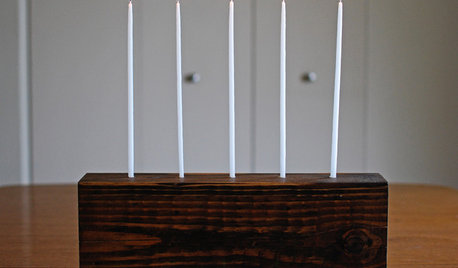
DECORATING GUIDESThis Modern DIY Candelabra Is the Envy of the Block
A plain wood block becomes a striking modern candelabra with just a few tools and easy-to-find materials
Full Story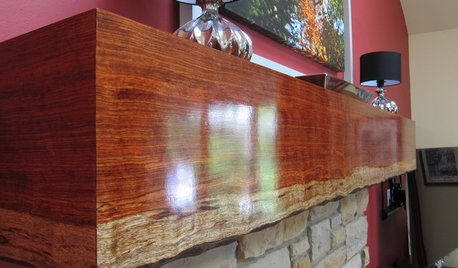
DECORATING GUIDESMantel Makeover: From Builder's Grade to Live-Edge Wood
See how an all-wrong mantel became a gorgeous fireplace focal point at the hands of an interior designer and her carpenter
Full Story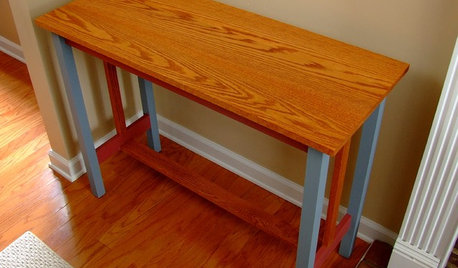
DIY PROJECTSPocket Hole Joinery, the Beginning Woodworker's Best Friend
Make a wide range of sturdy wooden pieces with just this little bit of know-how
Full Story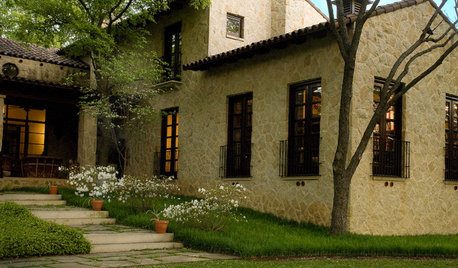
DESIGN DICTIONARYWeep Hole
Shedding water and venting air, weep holes are healthy escapes for homes
Full Story
DECORATING GUIDESMake a Cool Block-Printed Coat Rack
Hang fall's hats and scarves on great patterned coat hook you can make for less than $25
Full Story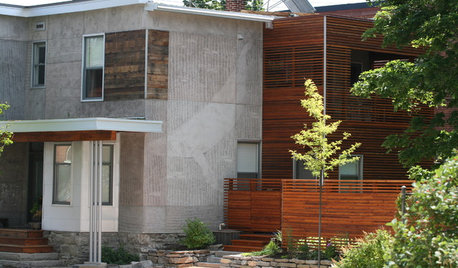
REMODELING GUIDESArtistic Carvings Make for Cutting-Edge Architecture
Modern architecture makes room for decoration with artistic designs carved into exterior concrete and interior wood
Full Story
WINDOW TREATMENTSBedroom Window Treatments to Block the Light
Sleep tight with curtains, shades and more designed to keep out bright rays while letting stylishness in
Full Story
LANDSCAPE DESIGNYour Mini Guide to Great Garden Edges
Get the scoop on trenches to the skinny on bender board, to help keep your garden beds as tidy as you like
Full Story
LIVING ROOMSBelow My Houzz: An Inviting Basement With Industrial Edge
Reconfiguring a cramped, damp basement opens up a new world of sleek, functional spaces
Full Story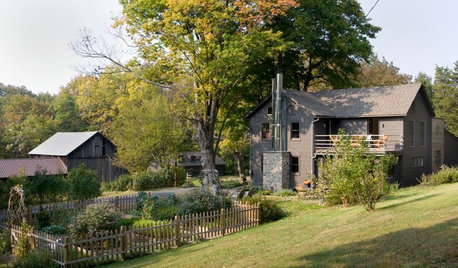
ECLECTIC HOMESHouzz Tour: Farmhouse Retreat With a Sophisticated Edge
Humor is part of the mix in a Pennsylvania weekend house decorated with antiques, art and repurposed vintage farm items
Full StoryMore Discussions









sombreuil_mongrel
Jon1270
Related Professionals
Leominster Carpenters · Maryland Carpenters · Olathe Carpenters · Pearland Carpenters · Valdosta Carpenters · Cedarburg Flooring Contractors · Fort Myers Flooring Contractors · Lake Nona Flooring Contractors · Lathrop Flooring Contractors · Plainfield Flooring Contractors · Roseville Flooring Contractors · Saint Louis Park Flooring Contractors · Nashville Furniture & Accessories · Reno Furniture & Accessories · Rock Hill Furniture & Accessoriesbrickeyee
karinl
la_koalaOriginal Author